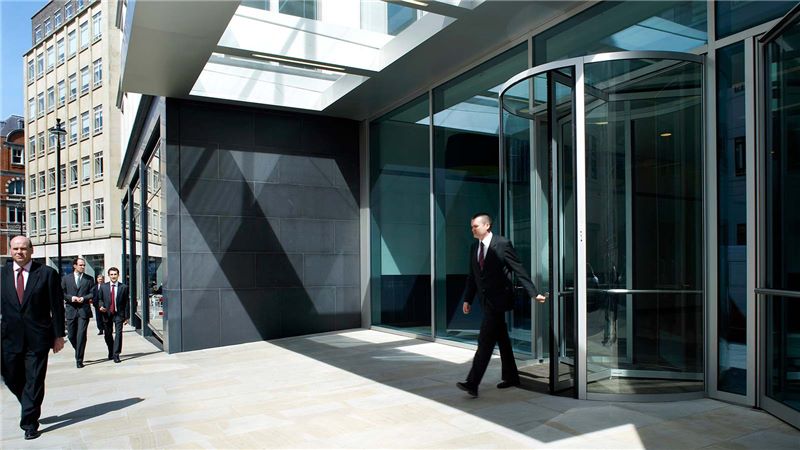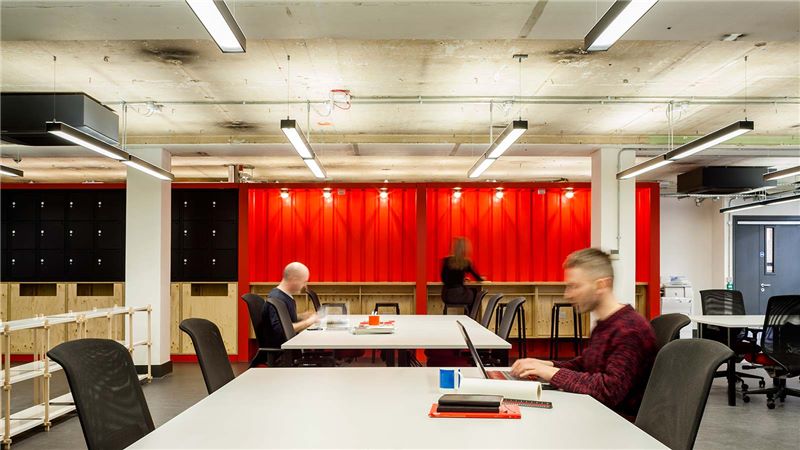Making the office fit for the future
The world of corporate real estate has changed post-pandemic. What is still often dubbed as the 'new normal' is no longer new – it is simply normal – and poses challenges and opportunities when it comes to getting real estate asset strategies right.
Much of the working population now enjoys hybrid or flexible work patterns, where Tuesday through to Thursday peaks in office occupancy are common.
In this period, we have seen the rising use of collaboration technology that enables work patterns for a dispersed workforce – creating efficiencies for many of us. However, this can come at a price, diluting direct human collaboration and ‘learning by osmosis’, affecting the development pathway for future talent.
Trends like these have become embedded and are likely to stay. Workplaces are being reimagined as part of a broader corporate effort to attract workers back to the office with an experience designed to ‘earn the commute’.
A now familiar narrative
Many of our corporate clients now face the challenge of either accepting change and responding to demands, prioritising what remains important to their business operations and shaping future real estate strategies accordingly, or risk being left behind.
Whilst some of the changes that businesses have brought forward are still being worked through, the narrative around corporate real estate in 2024 is now a familiar one for professionals working in the built environment.
Along with our clients, we understand that spaces which nurture an engaging, collaborative business culture, support mobility and flexibility with effective IT and enhance employee experiences are increasingly essential for attracting and retaining the best talent. They drive resilience and create the right environment for success whilst avoiding the risks of under-utilisation, which have blighted global commercial districts and local economies.
Moving forward from fossil fuels
Authorities across the globe are also moving with this step-change, following the consensus reached at COP 28 as well as recent guidance from organisations like the Science Based Targets initiative. Planning and regulatory regimes are accelerating the adoption of responsible business models, and a shift away from fossil fuels, in a bid to decarbonise the built environment.
This leaves global portfolio holders with a lot to navigate. There are internationally recognised standards and reporting requirements that offer a framework for best practice, but applying these across borders to break down silos and achieve compliance, as well as high-quality operational consistency, takes skill.
As an industry, commercial real estate is agile; we engage and inform, sharing knowledge with our professional networks, and take a proactive approach to change. This enables us to design the flight path for readiness, working through the detail and getting a head start for our clients. Early engagement is key to this, pre-advising on what’s coming down the track, whether it’s global approaches to district heating, or preparation for EPC 2030 in the UK.
The rocky road to reinvention and reinvestment
For some portfolio holders, the macro-economic headwinds that have blown across economies in recent years have made the road to retrofit a more complex journey. While some major economies or regions have taken a ‘retrofit first’ approach to reaching net zero carbon, recent economic shocks made this challenging to achieve in practice.
Rising material and energy costs, higher rates of interest, and the risk of reduced rental revenues from tenants with lower occupancy levels have raised viability hurdles. In the US, Kastle's 10 City Average Occupancy Barometer reported these at just 48% earlier in 2024. London has slightly outperformed this, with various sources reporting average occupancy rates of around 55% this year. This particularly impacts smaller portfolio holders with localised exposure and owners of older buildings at risk of obsolescence.
More recently, there have been signs of stabilisation in material costs in the UK, as well as softening interest rates in several major economies and some global economic forecasters injecting cautious optimism to their outlooks. This includes the IMF, who have uprated their global growth projections for 2024 to 3.2% (and 3.3% for 2025). But, the office market is still 'on-watch' and meticulous cost-planning is an important pre-requisite for any project decisions.
Going for gold standards with initial wins
Strategically then, the need for careful estate governance, with planning, cost control, programme and project management in alignment, is fundamental. However, a period of improving economic conditions is opening a window of opportunity for companies with lower risk exposure.
Combined with a renewed appetite for right-sized, future-proofed assets such as EDGE London Bridge, we are increasingly seeing that global client businesses with the resources to change their operational footprint are taking on a paradigm shift from a reactive to a proactive approach in the ‘flight to quality’.
Initial wins that could be considered when it comes to investment planning include assembling insights from space usage data, establishing a deep understanding of the range of asset types in the estate, forming an overview to align the strategy with wider corporate goals, setting parameters to enable flexibility where one size doesn’t fit all, and creating space for innovation wherever possible and practical.
Demand for advice, particularly around sustainability, is outstripping the number of consultancies with the right level of specialism. From short-term solutions to longer-term strategies for success, engaging the right advice early – advice which is based on hands-on delivery experience – can be a game changer in helping to meet gold level standards.












